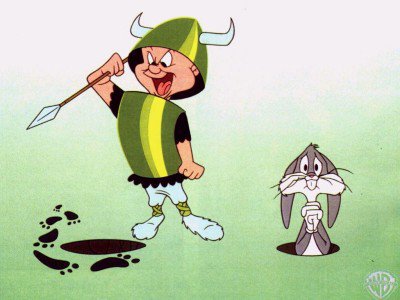The way to convey reality through gesture, contour and model rendering is to “follow the story of the light” (something one of my life drawing teachers would always say). This is the essence of drawing reality: understanding the nature of light and dark, movement, and proportion. While this might sound like strict defense for realism, I am in fact using it to defend more. Cameras are machines that capture the light for you. But I believe that stylization, in its many forms, takes this many steps further. Capturing only the light that is visible to the eye only tells one story. But stylization is essential to telling a different story: a more engaging one. Stylization eliminates non-essential visuals to promote and enhance aspects of a story or character that cannot be conveyed simply through photographic imagery.

I can take a picture of someone smiling, but it certainly doesn’t capture all the moods and feelings of the moment. But I can draw a caricature of him that exaggerates his smile. A few simple lines and bam! I have successfully captured the moment more accurately than a camera.
This is why I want to work in animation. I have experience in painting and drawing, and if a picture tells a thousand words, a moving picture must tell a thousand per frame. Like stylization is to realism, animation is to live action film. I have experience in drawing for most of my life, and began oil painting in college. To me, the mediums were never powerful enough, as my inspiration always came from the motion and progression of story that is found in animation. Animation can convey moods, feelings, emotions, thoughts, etc. that are difficult, if not sometimes impossible to fully convey in live action. Stylization and stylized animation also convey a unique visual aesthetic that would otherwise never been seen in this present reality.


“Critics who treat ‘adult’ as a term of approval, instead of as a merely descriptive term, cannot be adult themselves. To be concerned about being grown up, to admire the grown up because it is grown up, to blush at the suspicion of being childish; these things are the marks of childhood and adolescence. And in childhood and adolescence they are, in moderation, healthy symptoms. Young things ought to want to grow. But to carry on into middle life or even into early manhood this concern about being adult is a mark of really arrested development. When I was ten, I read fairy tales in secret and would have been ashamed if I had been found doing so. Now that I am fifty I read them openly. When I became a man I put away childish things, including the fear of childishness and the desire to be very grown up.” — C.S. Lewis
The characters of Phineas and Ferb vs. their sister Candace are great examples of this. Who doesn’t wanna be like Phineas and Ferb? How awesome would it be to wake up every day and say, “I know what we’re gonna do today!” and then proceed to have the best day ever?
The Truth is my ultimate standard for what I do. My work hinges on iconic imagery; the kind which the viewer always knows when he sees it. These archetypes are recognizable to those who are unfamiliar with it. While this sounds like an oxymoron, it is true that many have had the experience of seeing an image that makes them feel like they’ve known in their whole lives. This can be experienced in a painting, a movie, a book, television show, song, or anything that is art. Like Plato’s allegory of the caves, it is the reality behind the shadows. My ultimate goal is to bring out the Truth that is the story of the Light of Men.

